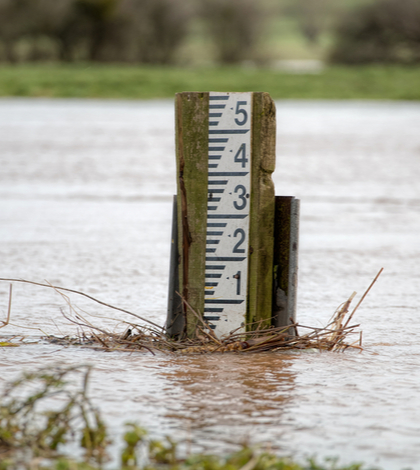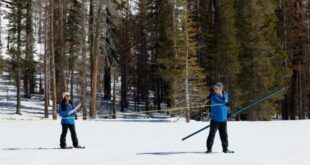The 2019 atmospheric storms along with pineapple express rains that have deluged California thus far this year have prompted new allocations by the state’s Department of Water Resources (DWR). The department announced earlier this week that most State Water Project (SWP) contractors are now slated to receive 70 percent of their requests for the 2019 calendar year. This is double the water allocation announcement of last month (up from 35 percent).
Allocations from DWR are assessed monthly and final allocations are typically determined in May. Last year’s final allocation was just 35 percent. Reservoir storage, snowpack, precipitation, and releases to meet water supply and environmental demands are among several factors used in determining allocations.
“Just ten weeks ago it looked like we may have been facing another dry year in California,” said DWR Director Karla Nemeth. “Fortunately, we’ve turned a corner and now it’s shaping up to be a great year for water supply. California’s hydrology varies year to year, which is why all Californians must work together to use water wisely.”
Most of the state’s major reservoirs are at or above their historical averages for this time of year. Lake Oroville, the SWP’s largest reservoir, is currently at 76 percent of capacity and 103 percent of average for this time of year. Likewise, Southern California’s SWP’s Castaic Lake is at 81 percent of capacity and 92 percent of average. At San Luis Reservoir, the largest off-stream reservoir in the United States where water is stored for both the SWP and the federally managed Central Valley Project’s (CVP), is now at 99 percent of capacity and 112 percent of average. Shasta Lake, the CVP’s largest reservoir, is at 83 percent of capacity and 106 percent of average.
While the state has not reached the record precipitation like that seen in 2017, February was the third wettest recorded in the Northern Sierra index since 1921 and the sixth wettest in the San Joaquin index since 1913. As of March 7, the Northern Sierra 8-station index recorded above average precipitation for water year 2019. The statewide Sierra snowpack is 156 percent of average for this date.
The CVP announced their most recent water allocations last late last week and indicated that whereas many of their contractors would be receiving 100 percent of their historic allocations, South-of-the-Delta allocations for municipal and industrial contractors’ allocations have been increased to 80 percent of their historic use. However, South-of-the-Delta agricultural water service contractors’ allocations were raised to only 55 percent of their contract total prompting an immediate frustrated outcry from those contractors.
DWR’s recent allocations for 2019 of 70 percent amounts to 2,942,158 acre-feet of water. This will be transported to 29 SWP contractors wh0 serve more than 27 million Californians and 750,000 acres of farmland.
To monitor the latest for California’s current water conditions at the state’s largest reservoirs and weather stations and measures current rain and snow precipitation, go to DWR’s California Data Exchange Center, at: http://cdec.water.ca.gov/reservoir.html.
 California Water News Daily Your Source For Water News in California
California Water News Daily Your Source For Water News in California


